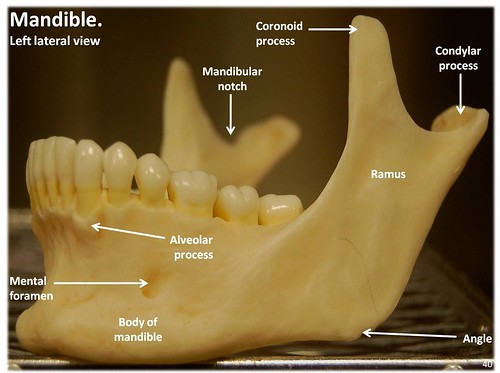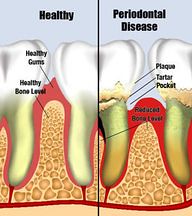 People put a lot of stress on their teeth every day, most specifically when chewing food. Making sure that the alveolar bone and the tissues around it is in optimum condition can help ensure dental health and lessen any discomfort caused by daily motion, reducing dental problems both in the present and in the future.
People put a lot of stress on their teeth every day, most specifically when chewing food. Making sure that the alveolar bone and the tissues around it is in optimum condition can help ensure dental health and lessen any discomfort caused by daily motion, reducing dental problems both in the present and in the future.
What is the Alveolar Bone?
The alveolar bone is the bone that contains the tooth sockets that hold the teeth. It is the bone that anchors the teeth to the jaw, and it serves as the primary support for all the teeth in the mouth. Each tooth is actually much longer than it appears on the surface and has a long root that extends below the gums and into the jawbone. The deep anchor provides the support that is needed for the pressure caused by chewing, and the part of the bone that actually encases the ends of these roots is called the alveolus. The end of each tooth root has a cementum, which is a strong tissues that fastens the root of the tooth to the foundation of the alveolar one.
Alveolar Bone Loss
The alveolar bone can begin to dissolve over time and as a result of dental habits or problems, and the dissolving of that bone can lead to adult tooth loss. The most common dental problem associated with the alveolar bone is periodontal disease, which is commonly referred to as gum disease. Gum disease treatment can help prevent alveolar bone loss. Other factors that can contribute to resorption of the alveolar bone include smoking, dentures that don’t fit right, osteoporosis and bad oral hygiene habits like not regularly brushing and flossing teeth.
Alveolar Bone Graft If the alveolar bone doesn’t function properly, then patients might need to undergo a process known as alveolar bone grafting. People who have cleft lips and palates oftentimes have to undergo this procedure in order to help close the gap in their gums that keep the bone from functioning properly. In an alveolar bone graft, a tiny bit of bone that is taken from the patient’s hip is placed within the gum to make it stronger and provide the foundation that teeth need to keep them in place as pressure is applied to them. An alveolar bone graft isn’t a cosmetic procedure that’s designed to alter the appearance, but in addition to helping support the teeth, it may also help provide support for the nose as well, and although people with cleft lips and palates are the most common candidates for this type of procedure, they aren’t the only ones who every undergo an alveolar bone graft.
If the alveolar bone doesn’t function properly, then patients might need to undergo a process known as alveolar bone grafting. People who have cleft lips and palates oftentimes have to undergo this procedure in order to help close the gap in their gums that keep the bone from functioning properly. In an alveolar bone graft, a tiny bit of bone that is taken from the patient’s hip is placed within the gum to make it stronger and provide the foundation that teeth need to keep them in place as pressure is applied to them. An alveolar bone graft isn’t a cosmetic procedure that’s designed to alter the appearance, but in addition to helping support the teeth, it may also help provide support for the nose as well, and although people with cleft lips and palates are the most common candidates for this type of procedure, they aren’t the only ones who every undergo an alveolar bone graft.
References:
Lilja, Jan. “Alveolar bone grafting.” Retrieved on October 29, 2015, from http://www.ncbi.nlm.nih.gov/pmc/articles/PMC2825060/ .
The United States National Library of Medicine National Institutes of Health
8600 Rockville Pike,
Bethesda MD, 20894 USA
1-888-FIND-NLM
http://www.ncbi.nlm.nih.gov
Images:
https://farm5.staticflickr.com/4110/4843879317_1ecf9de1bf.jpg
https://farm6.staticflickr.com/5311/14323570054_c9f08c38bd_m.jpg